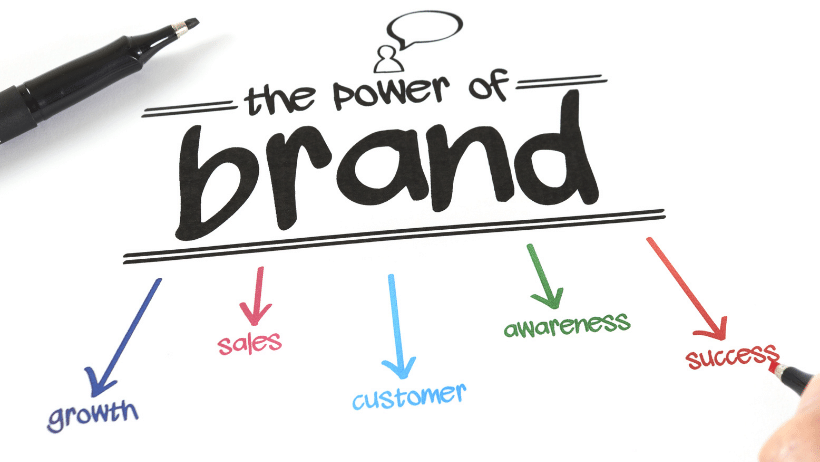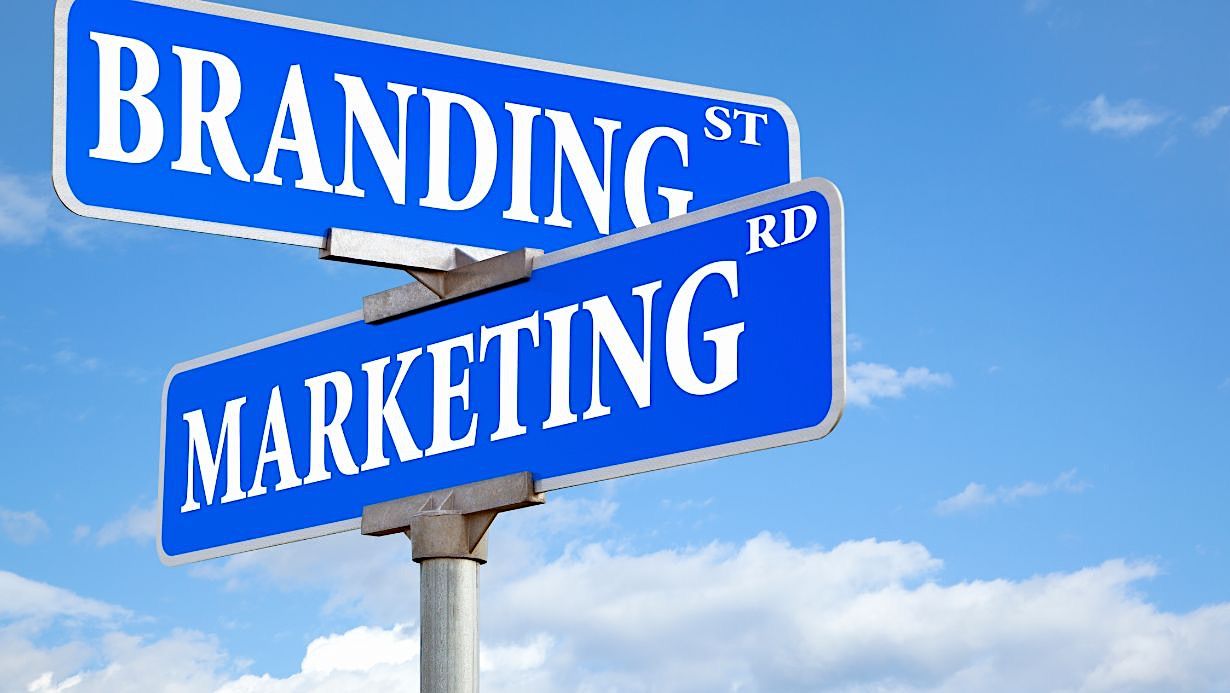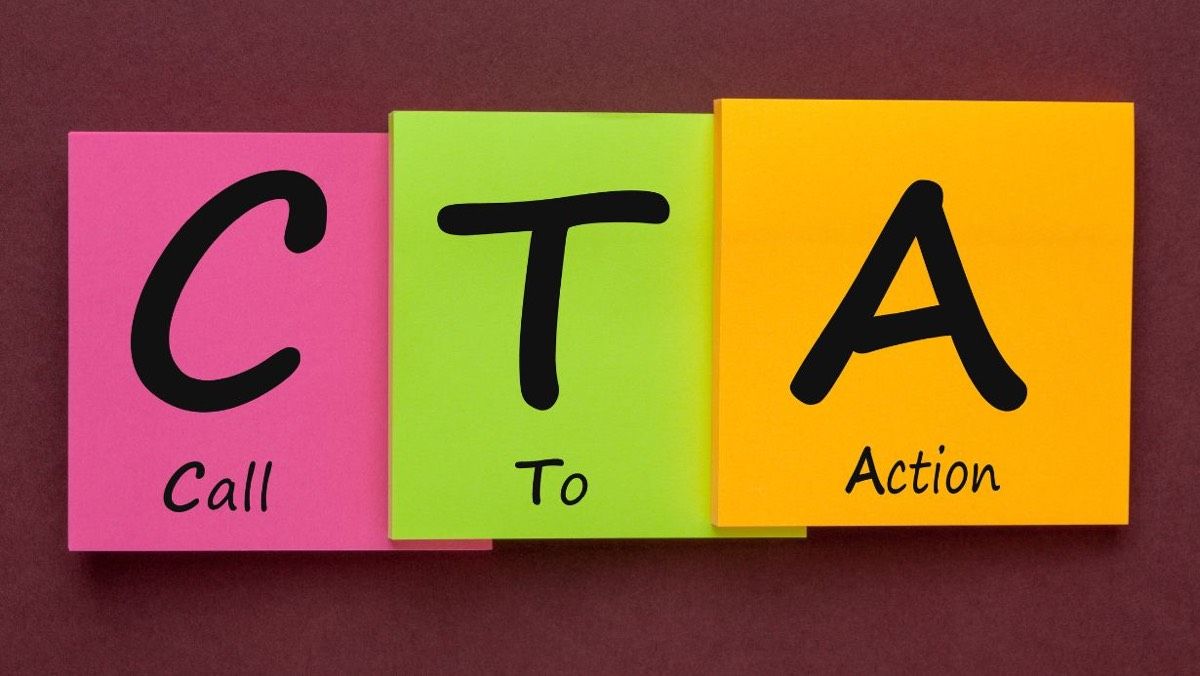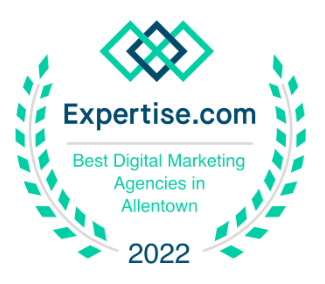5 Steps to Brand Your Business and Increase Sales

Branding is a key ingredient in any successful digital marketing effort. The more you can create a clear and compelling brand image, and the more consistently you present it across your marketing and advertising channels, the faster you will increase sales and grow your business.
And branding isn't just for big companies; even small to medium-sized businesses (SMBs) can set themselves apart with branding. Fortunately, today's marketing tools – websites, social media, etc. – make it easier than ever for SMBs to properly brand themselves.
What is Branding?
Branding is not an easy concept to understand. Many think it's just visual identity, such as a logo and packaging design, but there is much more. Branding Magazine provides this definition: "Branding is the perpetual process of identifying, creating, and managing the cumulative assets and actions that shape the perception of a brand in stakeholders' minds."
When thinking about your brand, you should consider the following:
- Logo
- Tag line
- Color palette
- Fonts
- Imagery
- Tone of voice
- Brand promise
- Values
- Positioning
Why is Branding Important?
People are bombarded with marketing messages every day. Forbes reports that Americans are exposed to 4,000 to 10,000 ads every day.… Please read that again… 4-10,000 ads EVERY day! Branding is key to helping people see your business and keeping it relevant despite all that noise.
Branding helps you …
- Differentiate your business from your competitors
- Make your business recognizable
- Build customer loyalty
An additional benefit of branding that many businesses overlook is how it can help attract more qualified employees. According to LinkedIn, "There's ample evidence that a great employer brand makes it easier to recruit, and it also impacts the business' bottom line in more than one way." That impact includes the following:
- 28 % reduction in the organization's turnover
- 50% cost-per-hire reduction
- 50 % more qualified applicants
- 1-2 times faster time to hire
A great brand can multiply the results of your marketing efforts while building brand recognition and loyalty. The more you create a clear and compelling brand image, and the more consistently you present it across your marketing and advertising channels, the quicker people will recognize it and become more likely to choose your brand.
Branding is an ongoing process, but here are five steps to get you started:
1.Understand Your Audience
You need to know as much as you can about your target audience. Start with your existing customers. What are their pain points? What do they like about your product or service? What would they want to see in your brand? Then do market research to discover trends, opportunities, what people are saying about your brand and your competitors' brand, etc.
Once you have all this information, create a buyer persona – a detailed description of someone who represents your target audience. Your buyer persona should include as much information as possible, including demographic, behavioral, psychographic, and geographic information. This is who you should think of as you continue through the process of creating a brand.
2. Develop your value proposition
WordStream explains, "A value proposition tells prospects why they should do business with you rather than your competitors, and makes the benefits of your products or services crystal clear from the outset." This value proposition should be included in your marketing materials and website.
Here are a few examples of value propositions:
- Uber – The smartest way to get around.
- Digit – Save money without thinking about it.
- iPhone – The experience IS the product.
3. Create Your Mission and Vision Statement
HubSpot describes a mission statement as "an action-oriented statement declaring the purpose an organization serves to its audience." Your mission is your business's "why." Why does it exist? Once you understand your mission, everything you do should tie to that mission.
Here are two examples of short, easily-understood missions:
- Southwest Airlines - "The mission of Southwest Airlines is dedication to the highest quality of Customer Service delivered with a sense of warmth, friendliness, individual pride, and Company Spirit."
- Tesla - "to accelerate the world's transition to sustainable energy."
Your vision statement describes what you want your business to be in five, ten, or twenty years and helps keep you focused on the long-term plan. Here are two vision statement examples:
- Amazon - "Our vision is to be Earth's most customer-centric company, where customers can find and discover anything they might want to buy online, and endeavors to offer its customers the lowest possible prices."
- IKEA - "To create a better everyday life for the many people."
4. Determine Your Brand Personality
Like people, brands have personalities, and those personalities impact how others see and interact with your business. For example, do you want your business to be seen as sophisticated, professional, sincere, fun, innovative, etc.? Once you've answered that, then you are ready to create one or more buyer personas designed to effectively communicate with your target audience.
5. Create Brand Assets and Integrate Them into Your Marketing Efforts
Once you thoroughly understand your branding goals, it's time to create your brand assets - logo, tagline, packaging, colors, fonts, etc. – to reflect your brand. Then, you need to consistently integrate them into all of your marketing efforts, such as your website, email marketing, social media channels, etc.
The Next Step?
It isn't always easy to put into words who you are, what you value, etc., and create brand assets that convey that information. PMI can help – from walking you through these five steps to developing and integrating brand assets that build brand awareness, increase customer loyalty, and increase sales.
Contact us today at 484-297-6395, or contact us online for a free consultation.
Power Marketing International has been selected among the top 10 Digital Marketing Companies in Pennsylvania by DesignRush.















